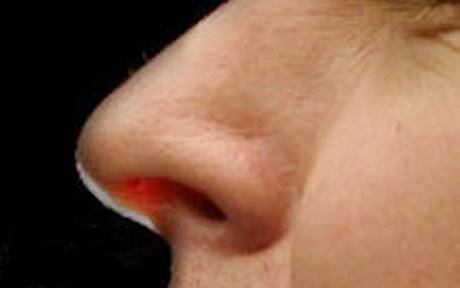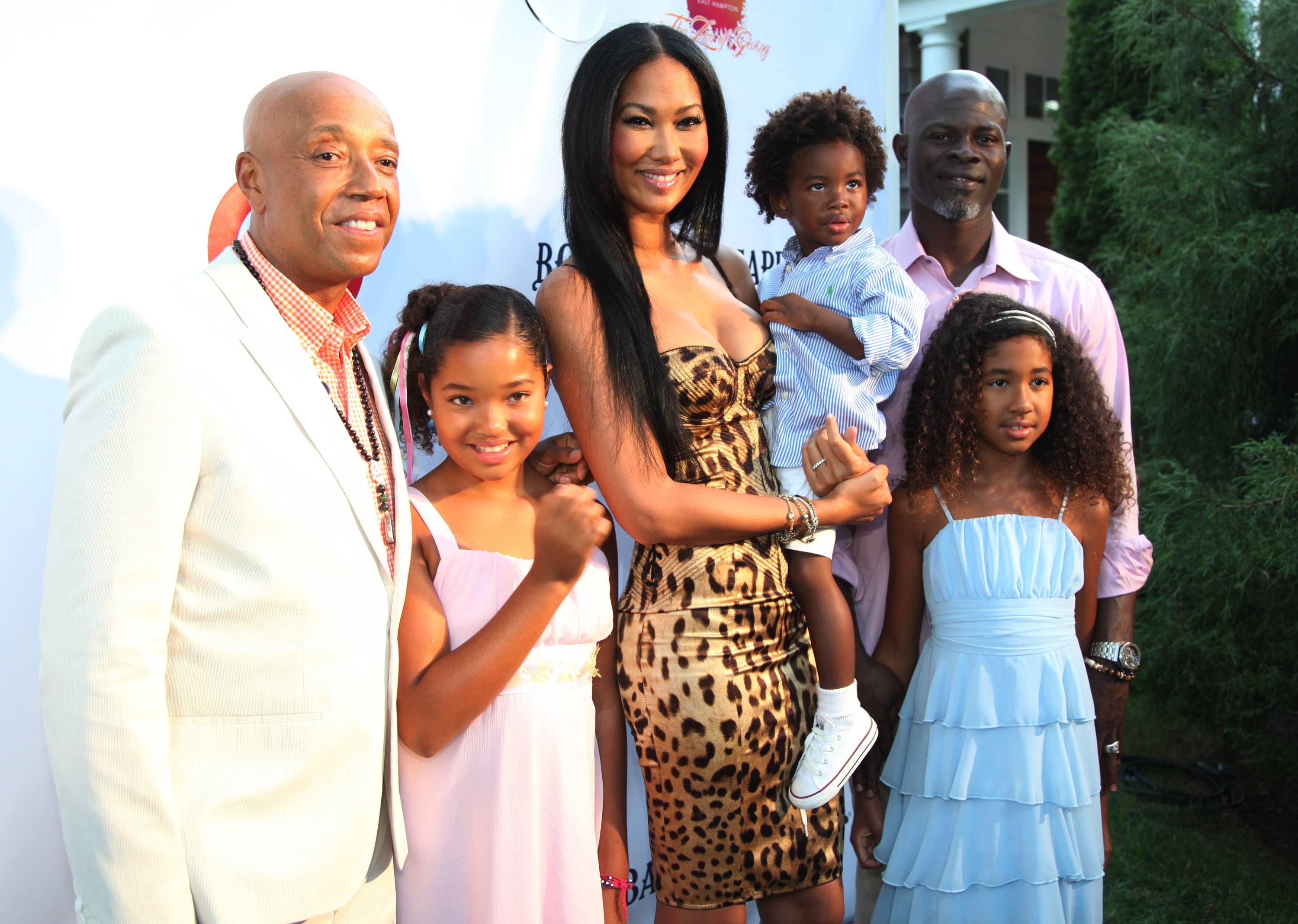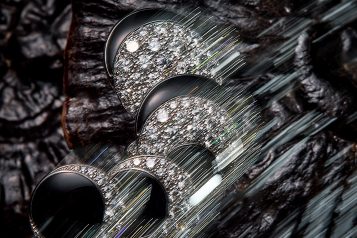A study in the Journal of the American Society of Plastic Surgeons revealed that an alarmingly high percentage of patients seeking rhinoplasty display symptoms of body dysmorphic disorder, or BDD. The disorder, which is often called “imagined ugliness,” is characterized by an unnatural fixation on one’s appearance. The difference between someone who is self-conscious about a particular feature versus someone who has BDD is that the disorder severely interferes with daily functioning.
The study revealed that 33% of people seeking nose jobs showed signs of BDD. The findings were specific to people who had noses that most people would consider normal. In comparison, a previous study estimated that 10% of patients seeking plastic surgery of any kind displayed signs of the disorder. Some doctors have questioned the study, but one thing most seem to agree on is that people with symptoms of BDD are less likely to be satisfied with the results. And despite some cristicism, it certainly makes for a good argument about the importance of pre-screening before undergoing the knife.
All of the recent talk about BDD brings last years Heidi Montag obsession to mind. Experts and non-experts tried to make sense of the extreme makeover she underwent, which included 10 procedures in one sitting. Many thought BDD was the only explanation for such a radical decision for a beautiful young girl. Cindy Jackson, the record holder for most plastic surgeries, has had 31 operations in 14 years and was diagnosed with “The Barbie Syndrome”—a euphemism for BDD. Both of these scenarios are extreme, but make you wonder why there wasn’t some kind of pre-screening or better yet, intervention. Whether or not BDD is genetic or environmental has yet to be determined. Hopefully the study will shed some new light on the disorder and the need for pre-screening.





















